|
For seventeen years, the house at Eighth and Jackson Streets in Springfield, Illinois was home to Abraham Lincoln and his family. Purchased shortly after the birth of their first son Robert, the home sheltered the family through the birth of their remaining three sons and the death of their son Eddie, and had been the center of Lincoln's life as a husband and father. Abraham Lincoln was elected to be the 16th President of the United States on November 6, 1860. The family had three short months to prepare for their move to Washington, D.C. As they made the many decisions related to such a significant move, they had to decide if the home would be a part of their future, as well as their past. The home was rented rather than sold and their best furniture placed in storage for their eventual return. But on April 15, 1865, an assassin's bullet took the life of President Lincoln. Mary Lincoln faced a lonely future and wrote that she "could not bear to return to the scenes of the happiest times in my life without my family." The Lincoln Home remained rental property until Lincoln's son, Robert, donated the home to the State of Illinois in 1887 to be protected and preserved for future generations. In 1972 the home was conveyed to the United States of America, which through the National Park Service continued the State's work in preservation and restoration of the home, along with acquisition and restoration of the surrounding four-block neighborhood. This photographic essay captures images of Lincoln's house, showing that his home, like his legacy, has survived the years well.
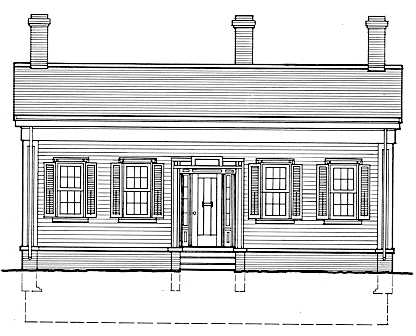
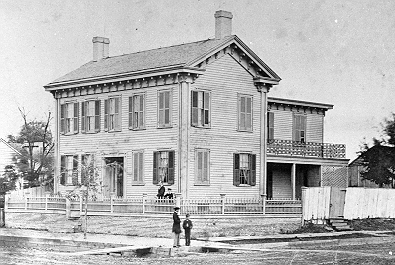
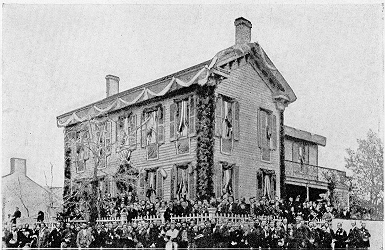
The assassination of Abraham Lincoln caused a national outpouring of grief. His home became the focus for mourners and the photographers who recorded these early visitors. By the late nineteenth century, Lincoln's home became a popular scene for rallies, ceremonies, and celebrations. 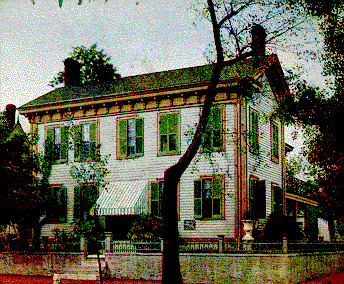
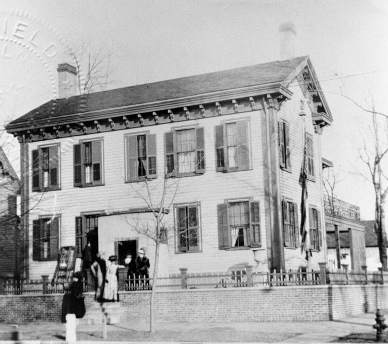
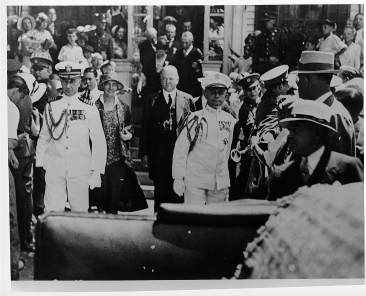
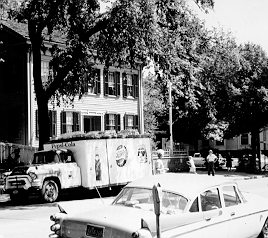
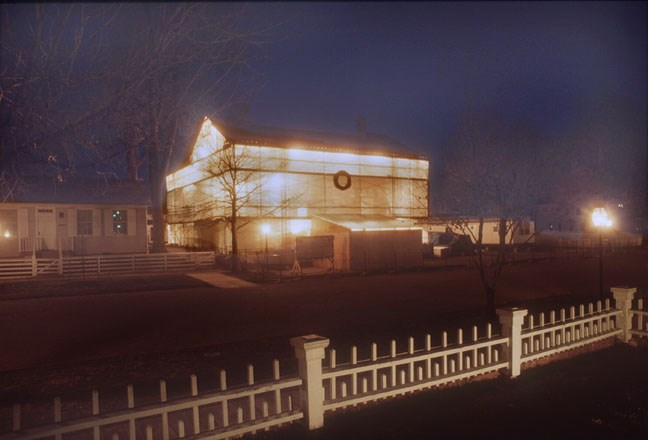
In 1972 the Lincoln Home came under the stewardship of the National Park Service. In May 1987 the Lincoln Home was closed for restoration. The project touched every aspect of the home, from its foundations to the replacement lightning rods that replicate those Abraham Lincoln had installed to calm Mary's fear of lightning. The National Park Service "encased" the home in a plastic shell so work could continue year round.
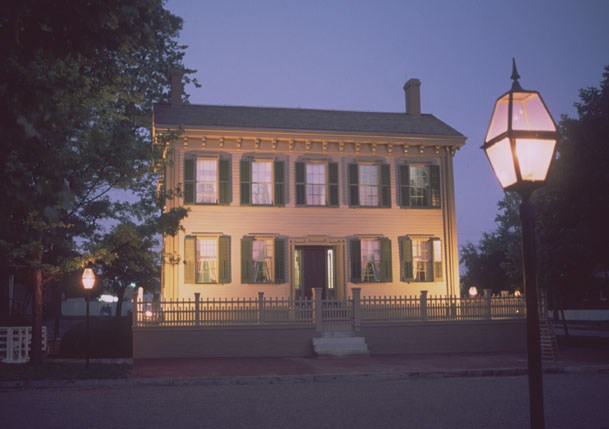
|
Last updated: April 10, 2015
